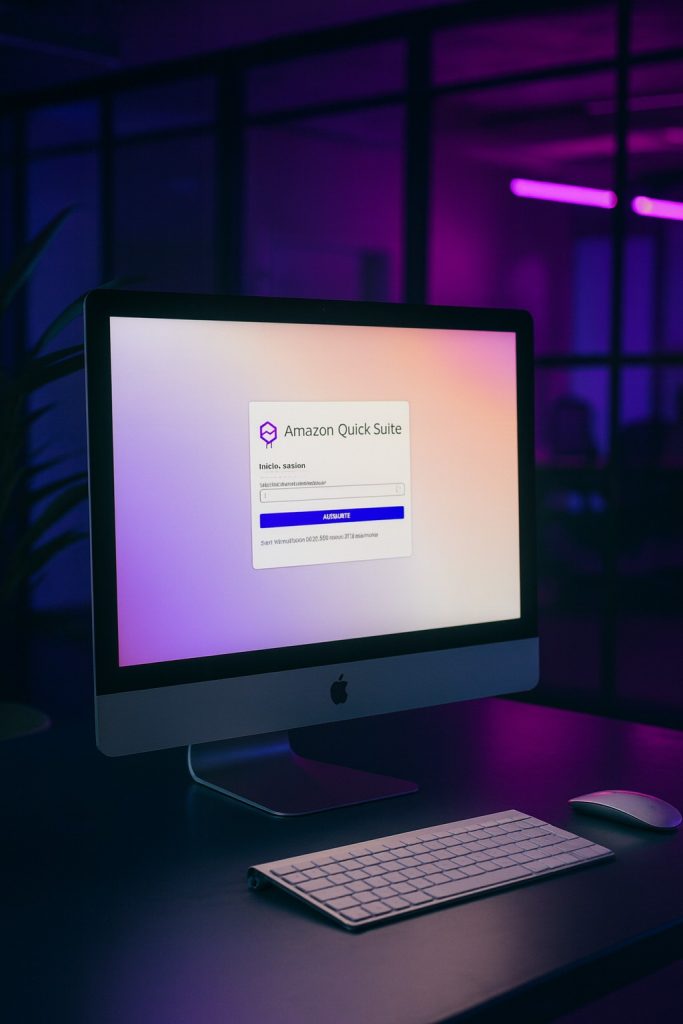
Have you ever wondered whether your company is ready for the Internet of Things? Many Mexican entrepreneurs know that IoT is important, but they are not sure when is the right time to take the leap.
The reality is that there are clear signals that indicate when your business can benefit significantly from this technology. If you recognize these signals in your day-to-day operation, it could be the perfect time to implement IoT and gain significant competitive advantages.
Implementing IoT at the right time can be the difference between getting a positive ROI or wasting resources on a premature solution. Companies that correctly identify these signals and act strategically report:
On the contrary, companies that ignore these signals often face rising costs, operational inefficiencies and loss of competitiveness against more agile companies.

If your team spends more than 30% of its time on tasks such as:
Frequent manual monitoring:
Repetitive manual reports:
Constant operational communication:
These manual processes not only consume valuable time, they also generate:
Intelligent automation:
Practical example: A bakery that manually checks oven temperatures 8 times per shift can automate this with IoT sensors, freeing up 3 hours of manual labor per day and preventing losses due to incorrect temperatures.
Questions you can’t answer immediately:
Frequent situations:
Operative symptoms:
Lack of real-time visibility severely limits your ability to:
Total visibility 24/7:
Practical example: A logistics company can know exactly where all its vehicles are, engine status, fuel consumption and delivery ETAs, all in real time from a single screen.
Unexplained increases in:
Lack of granular control over:
Worrying financial indicators:
Energy inefficiencies:
Operational waste:
Granular cost control:
Measurable ROI: Companies typically reduce operating costs 20-35% in the first year through optimization based on IoT data.
Current decision-making process:
Unanswered strategic questions:
Symptoms of optimal decisions:
In an increasingly dynamic marketplace, companies that cannot make decisions based on current data face:
Real-time operational intelligence:
Practical example: A restaurant can analyze correlations between weather, weekdays, local events and sales to optimize inventories, staffing and promotions with precision.
Market indicators:
Changes in customer expectations:
Increasing competitive pressure:
Gradual but inevitable disruption: Digital transformation in Mexico is accelerating. Companies that do not adopt IoT technology face the risk of:
Competitive advantages available:
As a premier AWS partner, XalDigital recommends IoT-based solutions because:
You are at the perfect time to implement IoT and gain significant competitive advantages.
The clear signs are:
✅ Repetitive manual processes consuming excessive time
✅ Lack of real-time visibility of critical operations
✅ Rising operating costs without effective control
✅ Difficulty in making decisions based on current data
✅ Competitors gaining advantage with technology.
Remember that:
The question is not “if” you need IoT, but “when” and “how” to implement it correctly.
At XalDigital, as a premier AWS partner, we help Mexican companies assess their IoT readiness and design gradual implementations with proven ROI.
We don’t sell technology for the sake of selling. We identify which of these IoT signals are most critical in your specific case and design solutions that generate measurable value from the first month. Contact us now.